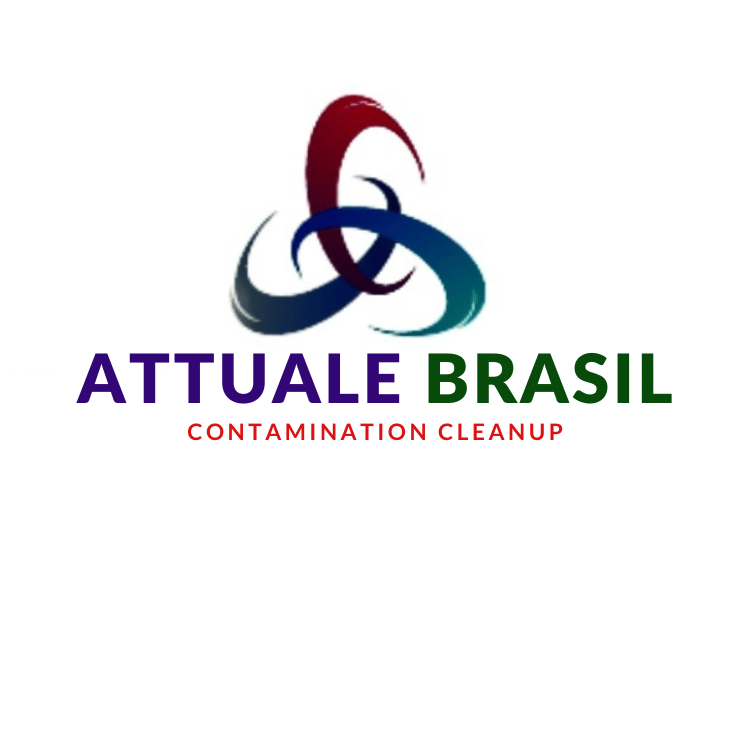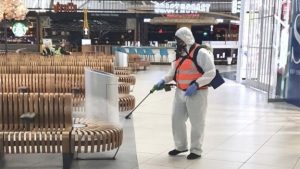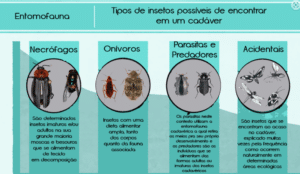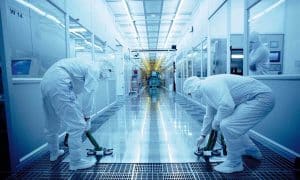FEDERAL COUNCIL OF CHEMISTRY POSITIONS ON DISINFECTION TUNNELS
May 4, 2020
The Federal Council of Chemistry and the Regional Council of Chemists took a position last Wednesday (29/04), regarding the effectiveness of tunnels and disinfection chambers. The news highlights that “there are no scientific studies that prove the effectiveness of using this type of disinfection or hygiene to eliminate microorganisms that may eventually be deposited on clothes”.
Check out the full position:
Regarding news about the installation of equipment, on public roads, supposedly intended to eliminate viral loads, including that of Covid-19, that people would have on their clothes, notably those who have just used public transport, the CFQ/ CRQs and the Brazilian Association of Hygiene, Cleaning and Sanitizing Products (ABIPLA) clarify that:
There are no scientific studies that prove the effectiveness of using this type of disinfection or cleaning to eliminate microorganisms that may eventually be deposited on clothes.
According to Technical Note 34/2020, from the National Health Surveillance Agency (Anvisa), “in relation to the use of disinfection systems through a tunnel where disinfectant products are sprayed directly on people, there is no proof that this measure is effective against the coronavirus pandemic. There is no scientific literature or recommendation from international organizations, such as the World Health Organization, on this practice”.
Such systems unnecessarily subject people to the adverse effects of the applied products, completes the note. No disinfectant should be used for the decontamination of people, as these products are not considered topical antiseptics. Disinfectants are chemical products technically classified as sanitizing and, as such, must be applied exclusively to inanimate surfaces.
In order for a chemical product to be applied to the skin, it must be classified, according to current legislation, in the ANVISA classification as a personal hygiene, cosmetic and perfume product. This is the case with hand sanitizer. There are also products classified as medicines, which also follow specific regulations.
In mid-April, a joint venture – formed by three companies in the chemical, canvas structures and painting equipment sectors – presented a system designed to “decontaminate people” by nebulizing fifth-generation quaternary ammonia (same class compound to which benzalkonium chloride belongs), which is a type of disinfectant. According to reports, the solution would be able to eliminate bacteria, fungi and viruses, including the coronavirus, from clothes, personal belongings and shoes. Representatives of the joint venture even said they had reports from an independent laboratory proving the effectiveness of the solution.
However, according to Anvisa, the application of any sanitizer to people through nebulization or sprinkler devices, installed on public roads or entrances of companies, is a practice that can cause serious damage to health, such as skin and road irritation. airlines. The laboratory cited by the joint venture confirmed that it had been hired, but explained that its tests were limited to verifying the efficiency of the sanitizer used by the system in eliminating the bacteria that cause pneumonia, intestinal infection and generalized infection. In addition to the fact that the study did not include any type of virus, in order for the bacteria to be eliminated, a contaminated tube had to be exposed to the sanitizing agent, diluted in 5%, for ten minutes, which is a much longer time than a person is exposed in the spray booth or tunnel.
There are also news of companies that would be using sodium hypochlorite and other products with active chlorine in their “decontamination of people” in concentrations of up to 0.05% (500 ppm). They claim that this concentration is harmless to human beings, as it would be the same concentration used in the treatment of swimming pool water. The information, however, is in disagreement with current legislation: in the State of S. Paulo, according to Decree No. 13,166, of 01/23/1979, the residual chlorine content in swimming pool water must be from 0.5 to 0.8 mg/L (0.5 to 0.8 ppm). Just to cite another example, the Normative Instruction of the Center for Sanitary Surveillance of the Federal District defines that this concentration must vary between 0.5 to 1.5 mg/L, or 0.5 to 1.5 ppm.
As can be seen, the content of 500 ppm is far above the safe dose recommended by legislation. At this concentration, the mists formed by nebulization or sprinkler equipment have a high potential to cause damage to health, as emphasized in communiqué No. ), which deals with the cleaning and disinfection of public spaces to prevent risks associated with Covid-19 and the care that must be given to workers who operate such equipment. Item 8 of this instruction says that:
Sodium hypochlorite, like other disinfectants, is a chemical agent that is dangerous to health if used in inadequate concentrations or in a manner different from that recommended in safety standards. The product is a potent oxidant, capable of generating toxic gases and causing damage to health – even more so if mixed with other compounds –, such as irritation and burns to the skin, eyes and respiratory system. Its use requires safety measures for the applicator and care not to expose people who may be present in the vicinity of the areas subject to the procedure.
The same CVS-SP, through the statement CVS-SAMA/DVST/DITEP 13, of 04/17/2020, reinforced that although the use of these equipment and products to decontaminate people is announced as a complementary initiative to combat Covid-19, "We have not identified a more robust body of evidence that demonstrates its effectiveness and, therefore, justifies it as a strategy for reducing viral load in people and their belongings." In addition, he warned that “as there are no regulations or protocols established for such initiatives, the formulas and conditions of application of the product can be multiple, thus implying different results not only in terms of effectiveness, but also in terms of health risks” .
In view of the lack of scientific evidence on the effectiveness of the aforementioned disinfection systems and the health risks that the population can be subjected to, the CFQ/CRQs System informs that it is calling on the Technical Officers of the chemical companies involved to provide clarification on the studies they have developed. before sanctioning the reported solutions.
In the meantime, it recommends that the population not be exposed to such “disinfection” devices and suggests that companies and the public authorities postpone investments in the acquisition of such equipment until there is proof of its effectiveness. The false sense of security that such devices eventually provide can lead people to relax in the basic and already established procedures to reduce the risk of contamination by Covid-19: wearing a mask, correctly and frequently sanitizing their hands with soap and water (or alcohol gel). ) and avoid social gatherings.
Jose de Ribamar Oliveira Filho
President of CFQ
Hans Viertler
President of CRQ-IV




